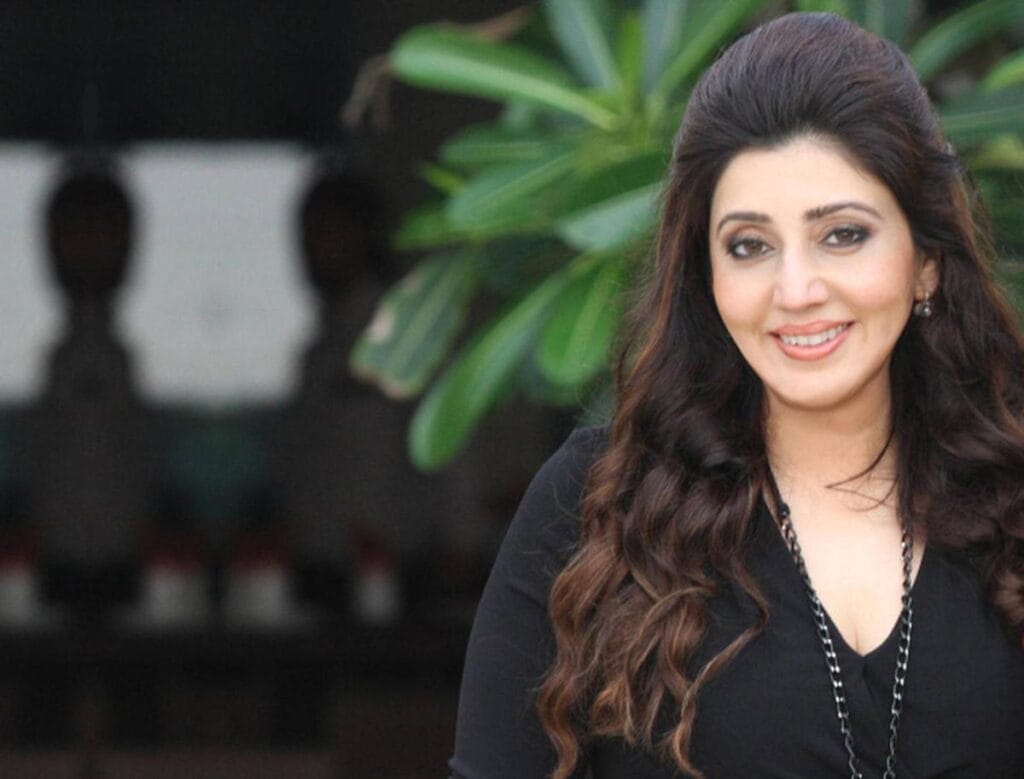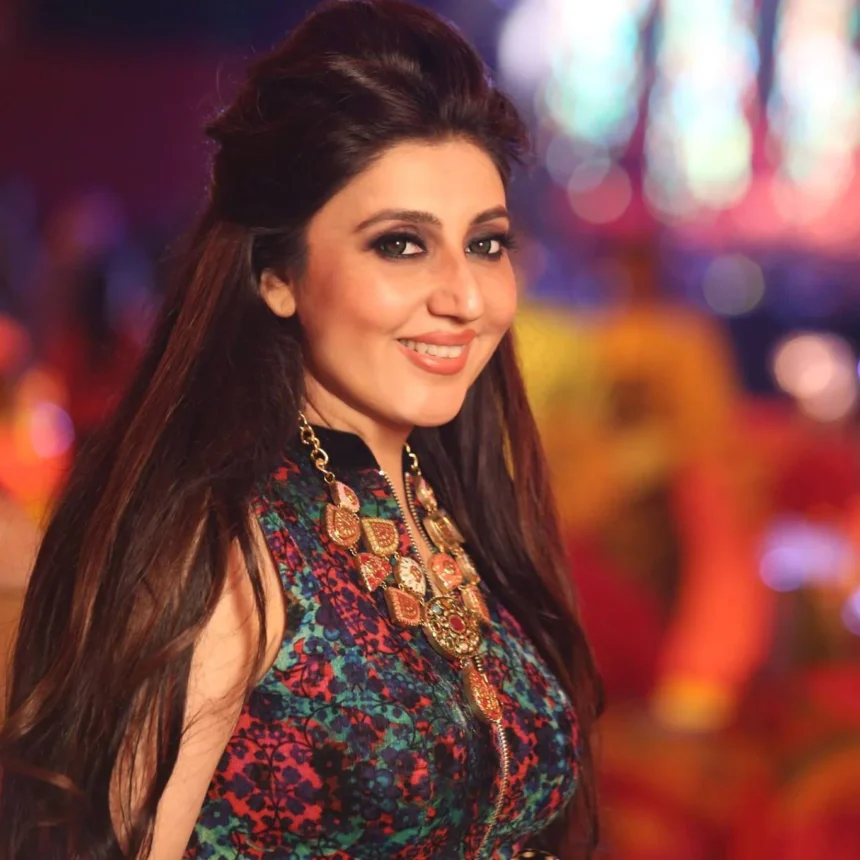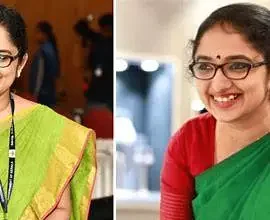Archana Kochhar: first ran her fingers across the vibrant threads of Pochampally Ikat, she didn’t just see fabric—she saw stories. Centuries of craft. Fingers worn yet firm with purpose. Patterns passed down like sacred secrets. And perhaps, in that moment, she saw something else too: a vision of India walking the global ramp—not just as a model, but as a muse.
Fast forward to the grand stage of the 71st Miss World pageant, hosted in the historic heart of Hyderabad. Under the spotlight, as 120 women from across the globe took graceful steps across the runway, they weren’t just showcasing gowns. They were wearing a story—her story, and our story.
“It wasn’t just about dressing contestants,” Archana shared in a soft voice, her eyes gleaming with the memory. “It was about wrapping them in the spirit of Hyderabad.”
And that she did.
From Pochampally to Palaces
If fashion is the language, then Archana became its poet.
Tasked with designing over 240 ensembles for the Miss World contestants, most would have buckled under the pressure. But for Archana, it wasn’t pressure—it was pride.
She dove deep into the weaves of Telangana. She visited Pochampally, not as a designer seeking trends but as a student eager to learn. Watching artisans at work, she saw how each thread of Ikat was dyed before weaving—a rare technique demanding precision and patience. These weren’t just fabrics; they were mathematical equations of color and tradition.
“People often think traditional fabrics can’t be modern,” she laughed gently. “But Pochampally? It has rhythm. You just have to dance with it.”
And dance she did. Her gowns, though stitched in contemporary cuts, carried motifs echoing the Charminar’s arches, Chowmahalla’s grandeur, and the subtle shimmer of the city’s nickname—“The City of Pearls.”
Imagine a gown in soft ivory pastels, but with hand-embroidered threadwork tracing the outlines of the Mecca Masjid’s domes. Or a high-slit evening dress, cinched with a belt woven in Ikat, its hues whispering stories of rural Telangana. That was Archana’s genius—making tradition desirable, not just respectful.
Weaving Hyderabad Into the World

For many of the contestants, Hyderabad was just another city on the map. But when they slipped into Archana’s creations, something changed.
“I felt like I was stepping into a legacy,” said Anika, Miss Trinidad and Tobago, during one backstage moment. “This gown doesn’t just make me look good—it makes me feel like I’m part of something bigger.”
And that was Archana’s goal.
Each ensemble told a story—some literal, like digitally printed depictions of the Chowmahalla Palace, and others more subtle, like the use of natural pearls and hand-sewn jasmine motifs to mirror the local gardens.
One particular outfit stood out: a floor-length cape etched with tiny pearl beads, each one representing a drop from Hyderabad’s monsoon skies. “It was my homage to the rains that make this city come alive,” Archana explained.
She didn’t just design for the runway. She designed for the senses.
The ‘Make in India’ Dream, Realized
But this wasn’t just about beauty and gowns. It was political, in the best sense of the word.
In an age where fast fashion dominates, Archana took a stand for the slow, soulful art of Indian handlooms. Her work reflected the essence of the “Make in India” movement—not through boardroom policies but by putting artisans and traditional techniques on a global pedestal.
“People forget that behind every sari or weave is a village, a family, a heritage,” she said. “With Miss World, I wanted the world to see what Indian villages can create when given a global platform.”
And indeed, they did. The buzz on social media wasn’t just about sequins or silhouettes—it was about how Hyderabad had seeped into every stitch, how Telangana’s age-old crafts had found a new audience.
Fashion critics called her line “poetic.” Some even dubbed her the “Textile Ambassador of Hyderabad.” But for Archana, the biggest win came when a young girl from a weaving family messaged her: “Ma’am, I saw my father’s pattern on your dress. Thank you for making him feel proud.”
Archana Kochhar: Celebrating Indian Craftsmanship on a Global Stage
After the glitz of the pageant faded and the cameras stopped clicking, Archana didn’t disappear. She returned to the same looms in Pochampally, now with a wider smile.
She believes fashion has a responsibility—not just to clothe bodies, but to connect cultures. And perhaps that’s what this moment symbolized.
Not just a designer showcasing clothes.
Not just a city hosting an event.
But a bridge built with thread and vision, between Telangana and the world.
For more updates and other exciting news, visit our website now!
















